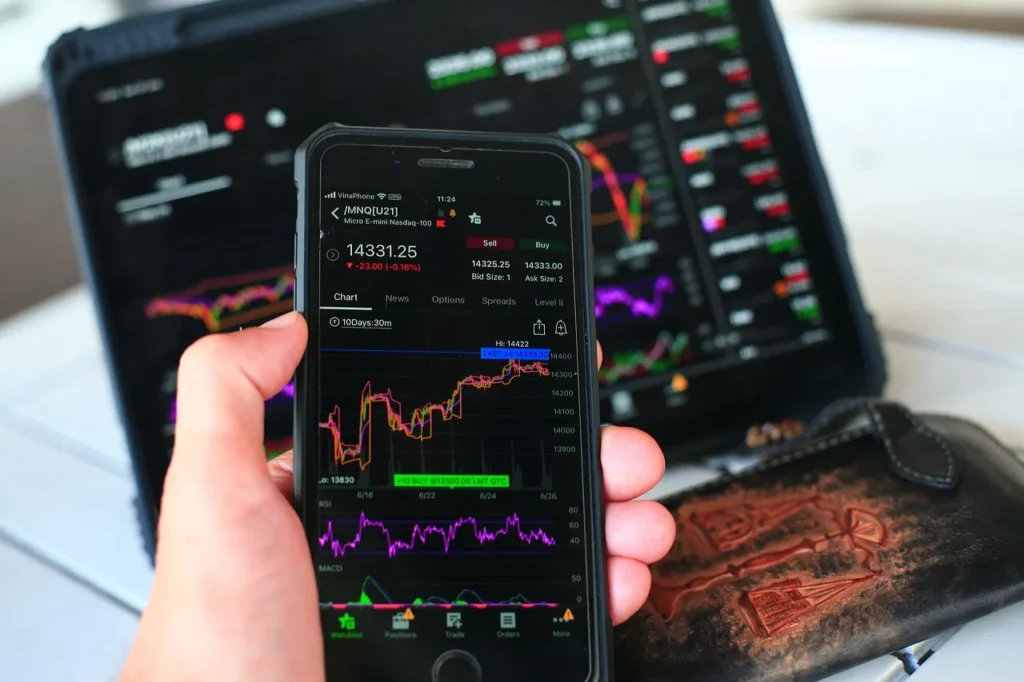
Schwab Trading Activity Index January Starts the Year on a Downturn
The Schwab Trading Activity Index™ (STAX) experienced a decline in January, falling to 49.45 from its previous level of 51.16 in December. This proprietary, behavior-based index provides a comprehensive analysis of retail investor trading activity and stock positions, leveraging insights from millions of Charles Schwab client accounts. As the only index of its kind, STAX offers a unique window into how retail investors are positioning themselves in response to prevailing market conditions. The January reading, covering the four-week period ending January 31, 2025, indicated a “moderate low” ranking when compared to historical averages.
According to Joe Mazzola, Head Trading & Derivatives Strategist at Charles Schwab, retail investors adopted a more cautious stance in January. “Schwab clients took a fairly defensive approach in January. We saw many responding to the month’s sometimes-contradictory headlines and economic reports by rotating out of higher-beta names. When the markets took a dip mid-month, we didn’t see the same kind of buying behavior we did during last summer’s pullback, although later in the month, many did seem to take advantage of the opportunity to buy AI names at a discount. Clients appear to be taking a selective approach and are in large part proceeding into the new year with caution.”
Market Conditions and Investor Sentiment
The first month of 2025 proved challenging for equity markets, as the S&P 500 struggled to maintain its footing. By mid-month, the index had lost nearly 1% from December’s closing levels, largely due to inflation concerns that pushed the benchmark 10-year Treasury yield to an intraday high of 4.8% on January 14, its highest level in 14 months. This rise in yields was partly driven by market anxieties over policy proposals related to tariffs and immigration from the incoming presidential administration. Additionally, lingering effects from the Federal Reserve’s hawkish December meeting and stalled progress on inflation control further unsettled investors.
As the month progressed, relatively moderate December inflation data provided some relief, helping ease yields and contributing to a mid-month market rebound. Investor sentiment improved after the new administration opted against imposing immediate Schwab tariffs on imports from China and other trading partners. Moreover, strong earnings reports from key sectors such as banking, airlines, communication services, and information technology helped drive the markets to fresh highs. By this time, the 10-year yield had dipped below 4.6%, signaling some stabilization in investor expectations.
However, a notable setback occurred in the final week of the STAX reporting period when the S&P 500 lost roughly 1% following the Federal Reserve Open Market Committee (FOMC) meeting. The Fed’s decision to pause rate cuts, coupled with concerns about China’s DeepSeek AI technology, negatively impacted AI-related tech stocks. This added another layer of complexity to an already volatile market environment.
Volatility Trends and Sectoral Impacts
Early January’s market struggles were accompanied by a slight uptick in volatility, as reflected in the Cboe Volatility Index (VIX). The VIX briefly climbed above 22 on January 13, coinciding with the S&P 500’s monthly intraday low, which saw the index dip below 5,800. SchwabMarket turbulence was exacerbated by newly imposed U.S. restrictions on chip exports, which weighed heavily on the technology sector and contributed to increased volatility ahead of December’s inflation reports.
Ultimately, the inflation data proved relatively benign, easing investor fears and allowing for a recovery in the latter half of the month. Solid earnings reports from major U.S. banks further bolstered investor confidence, leading to a temporary cooling in volatility. The VIX dropped below 15 in late January before briefly spiking above 22 on January 27 in response to the DeepSeek AI announcement. However, as the month closed, the VIX trended downward again, finishing below 18.
Retail Investor Trading Activity

Retail investors at Schwab displayed a distinct pattern in their stock purchases and sales, reflecting broader market trends and shifting investor sentiment. Notably, AI and technology stocks remained highly favored, with Schwab clients showing a strong interest in the following names:
- NVIDIA Corp. (NVDA): A key player in the AI and semiconductor industry, NVIDIA remained a popular pick among retail investors, particularly as AI-driven market opportunities continued to expand.
- Palantir Technologies Inc. (PLTR): With its focus on big data analytics and AI applications, Palantir saw renewed interest from retail investors looking to capitalize on the growing demand for AI-powered solutions.
- Apple Inc. (AAPL): Despite some challenges in the broader tech sector, Apple maintained its status as a staple in many retail portfolios.
- Tesla Inc. (TSLA): Tesla’s stock continued to attract retail investors, particularly as the company announced new initiatives in energy storage and autonomous driving technology.
- Microsoft Corp. (MSFT): Microsoft remained a go-to stock for many investors, benefiting from its strategic AI investments and enterprise software dominance.
Conversely, several well-known companies experienced net selling by Schwab clients during the same period:
- Walt Disney Co. (DIS): Investor sentiment toward Disney appeared to weaken, possibly due to concerns about streaming profitability and broader industry headwinds.
- Boeing Co. (BA): Ongoing challenges in the aviation sector, coupled with regulatory scrutiny and production delays, led to Boeing being among the stocks net sold by retail investors.
- Bank of America Corp. (BAC): Despite solid earnings from major U.S. banks, Bank of America saw some selling activity, which could be linked to concerns over interest rate trends and credit market conditions.
- Walgreens Boots Alliance Inc. (WBA): Walgreens struggled with shifting consumer trends and competitive pressures, leading to its inclusion in the net sold list.
- Starbucks Corp. (SBUX): While still a strong brand, Starbucks faced headwinds related to inflationary pressures, labor costs, and changes in consumer spending habits.




